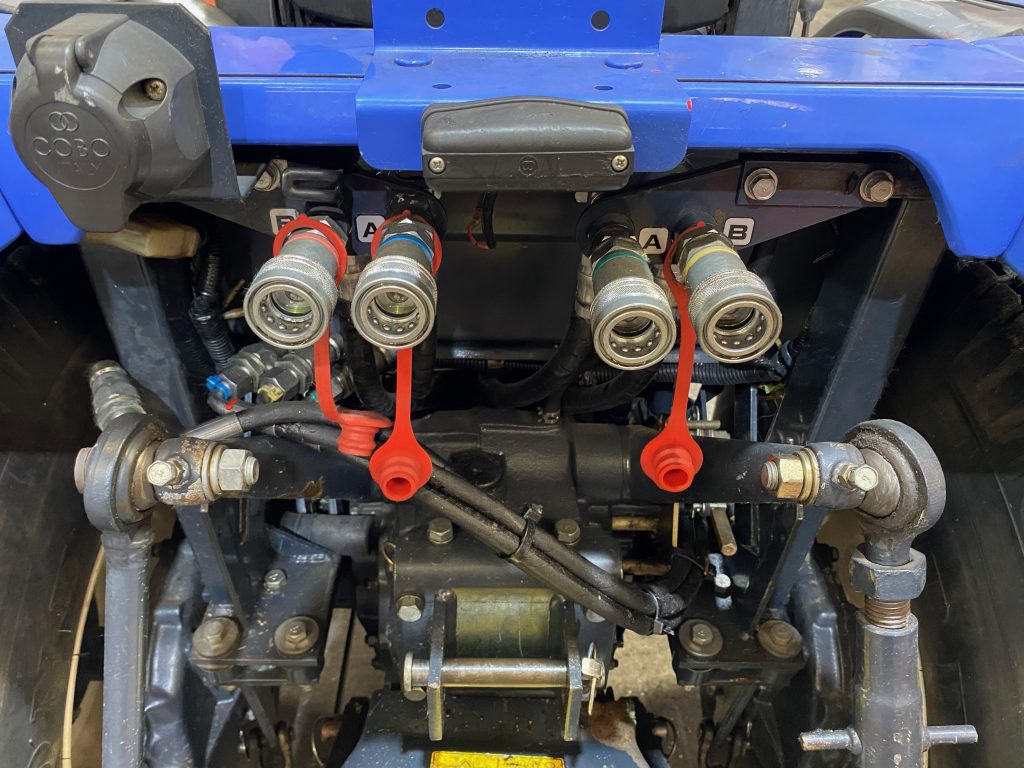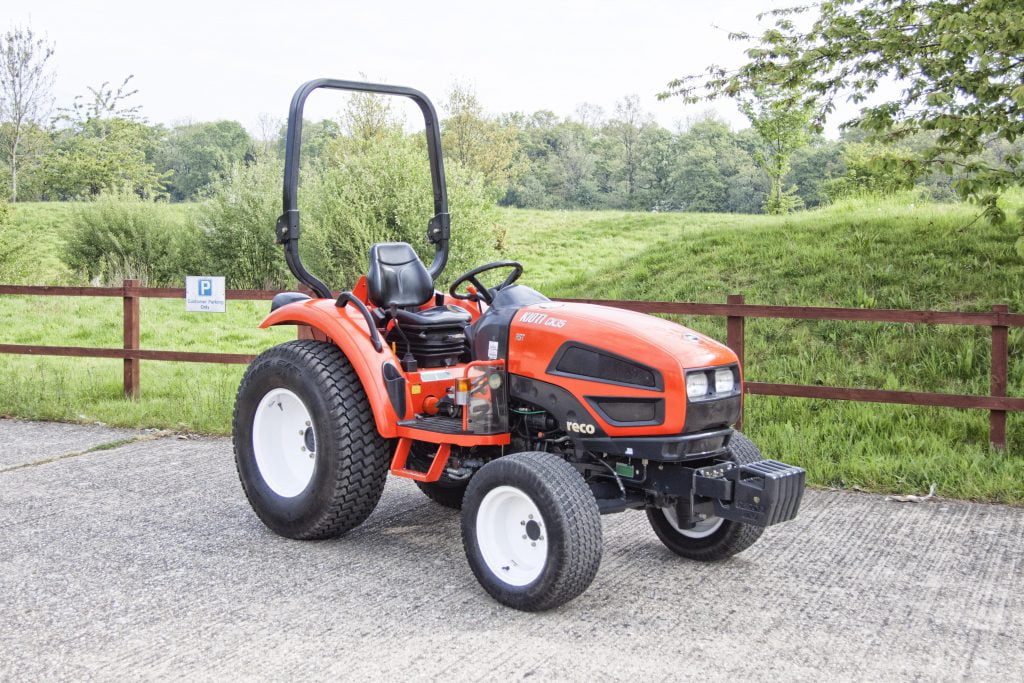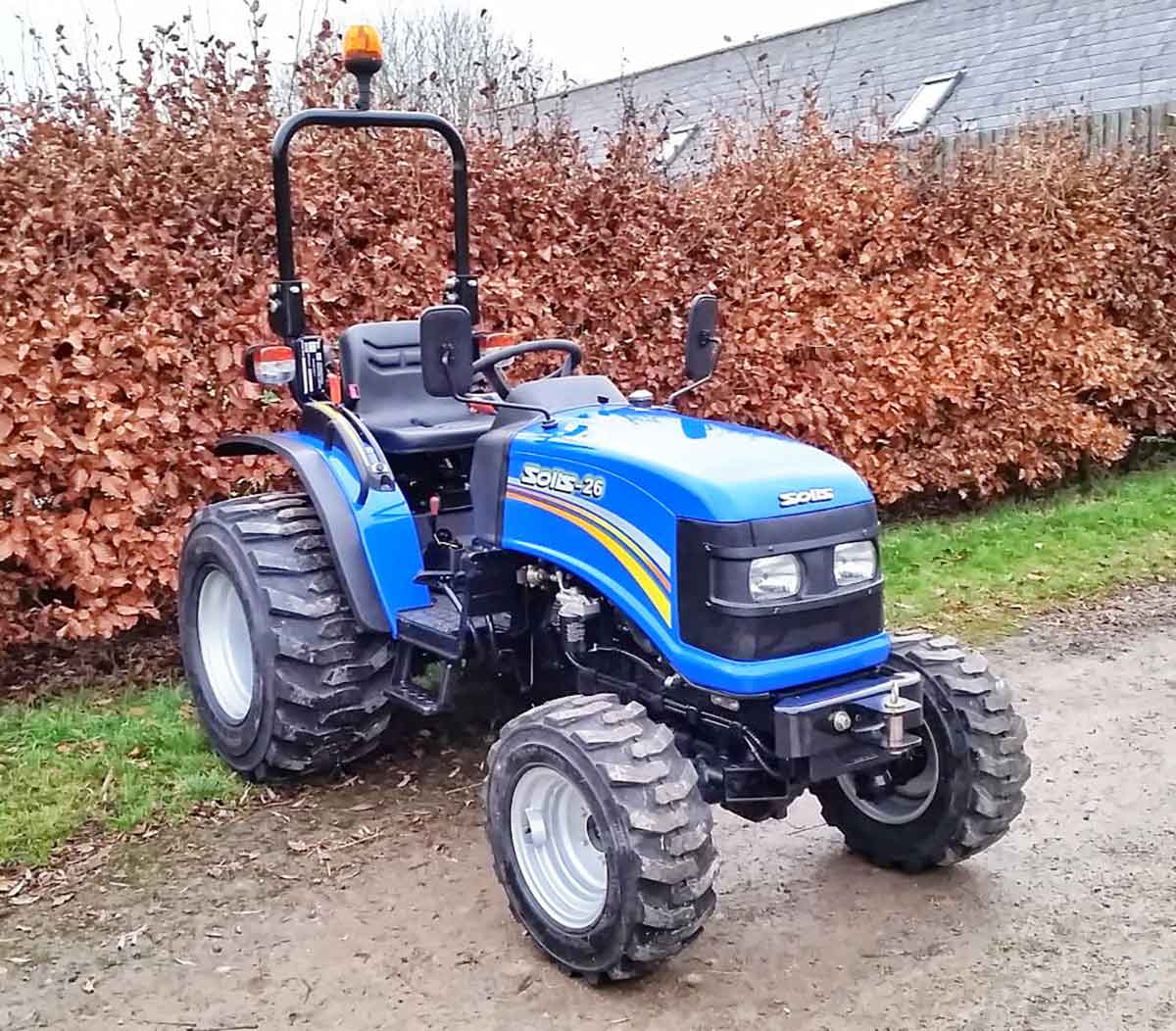Despite the picturesque view of farming, most of the tasks can be dangerous when performed incorrectly or unsafely. This in no small part due to the use of tractors and the machines attached to them. However, there are lots of things you can do to keep safe when operating compact tractors and this usually starts with the user manual.

Pre-Checks
The very first pre-check is the easiest but also frequently ignored. The driver needs to make sure that they are in a fit state to drive. This includes ensuring that they are not over-tired. It is also essential to check for obstructions around the tractor such as bystanders, animals, or objects.
The tractor itself is next on the pre-check list. You should be familiar with the operator’s manual so you can recognise when things aren’t right. Some things to look out for are signs of leaks, wear, and inflation of tyres, and whether the PTO guard moves freely. It may seem obvious, but make sure to check that you have enough fuel for the day ahead. Ensure the tractor has been maintained and serviced fully by a local dealer.
If you are unfamiliar with the terrain that you will be working on, it is wise to give it a quick once over. This way you can be aware of any potential risks, such as obstacles, slopes, or difficult soil conditions.
When attaching machines and other equipment to the tractor, make sure that everything is correctly and securely in place. This includes the linkage, PTO shaft and hydraulic connectors. The PTO and hydraulics should be secured but not engaged until you are ready to begin your task. Full information on attaching machinery can be found in the tractor and the attachment’s manual.

In the Driving Seat
Before you set off, it is best to give your tractor a little time to warm up. Ensure that all lights are in good working order, so you are visible to others, and the mirrors and windows are clean, so others are visible to you. This is particularly important if you will be travelling on public highways.
It is also important to check that the load is balanced. Compact tractors benefit from a low centre of gravity, but a heavy front loader or rear attachment with no counterbalance, can cause the tractor to become unstable, or tip over. The 3-point linkage Winton Weight Box is an easy solution to this problem. You can also acquire wheel weights if working to the side of the tractor.
When you are ready to go, raise any attachments or loaders to a safe height for transport. This will ensure that they do not catch on anything in transit. While driving, avoid driving across any slopes. When driving downhill, stay in the same gear as going uphill, as maintaining a low speed will give you more control.

?
End of the Day
Much like starting up the tractor, a little time is needed for the tractor to cool down before it is turned off completely. This allows all the valves and pistons to cool down uniformly. As soon as it is safe to do so, lower any hydraulics and attachments connected to the linkage to take the load off. When the engine is completely cool, the fuel tank can be refilled.
When the tractor is parked, make sure that the parking brake is engaged. It is important to do the same checks as before starting up the tractor. Things like tyre pressure, the cleanliness of the windows and mirrors, and the state of the hydraulic system may have changed during the tractor’s use. Checking these things straight after use means that any issues can be fixed as soon as possible.








